When members upload photos into our database, they have the option to include the location where that photo was taken. Well, using this information, we can create a report of the most popular trees in various regions of the country!
So, which trees have the most photos submitted in the North? Or the South? I compiled the report by looking at all the photos of trees, and for photos south of 37.6° they went into the South, otherwise they went into the North. Without further ado, I present to you the report of the most popular trees in the North!
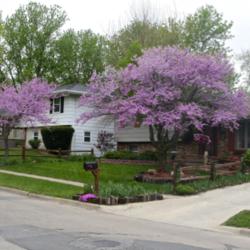
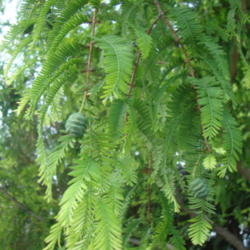
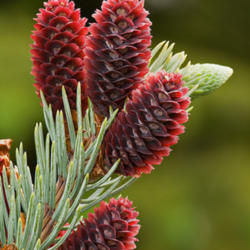
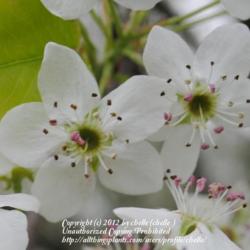
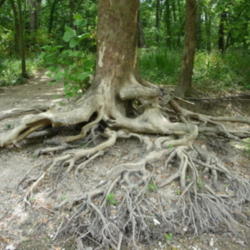
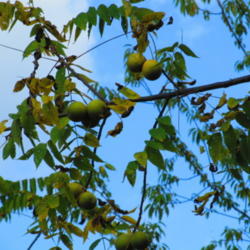
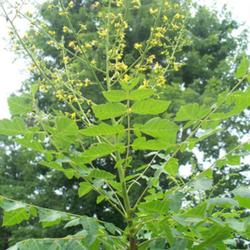

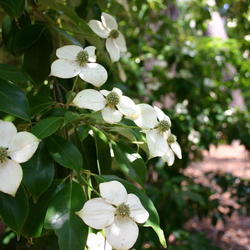
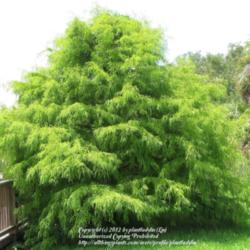
| Thread Title | Last Reply | Replies |
|---|---|---|
| Love it! by plantladylin | Feb 7, 2016 9:02 AM | 0 |
| Trees by janwax | Jul 22, 2014 5:55 PM | 1 |
| Northern trees? by hazelnut | Jul 10, 2014 8:58 AM | 2 |